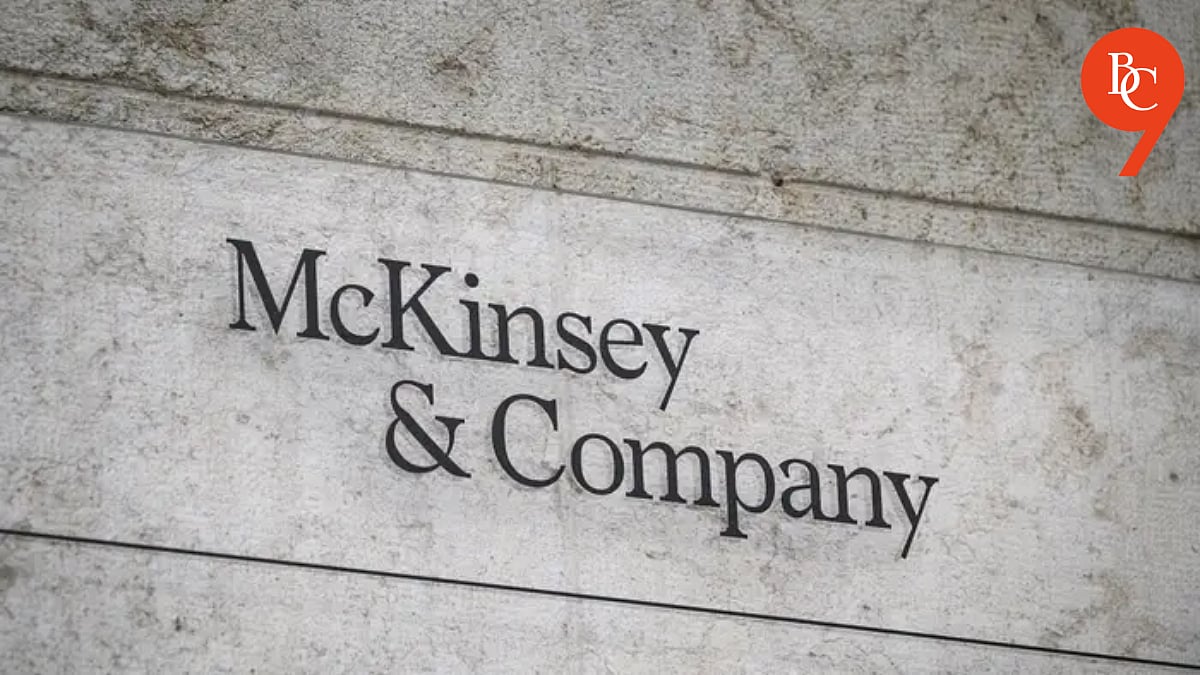
The Digital Doomscape of Modern Job Hunting
I got laid off five months ago. Every morning I drink a pot of coffee while I write cover letters, tweak my résumé, and submit job applications into the abyss, knowing they will likely never be seen by human eyes—only crawled by the cold, lifeless algorithms of artificial intelligence. I feel like General Zod from Superman, floating off into space trapped inside a two-dimensional phantom zone, screaming in silence about my job qualifications and core competencies.
The job market is a mess. The old system is broken and a functioning replacement has yet to fully emerge. We’re stuck in the between years—a dystopian digital doomscape that has job seekers and hirers picking through a landfill of A.I.-generated garbage and longing for the halcyon days of an analog past.
When A.I. Overloads the System
Some people take a more charitable view of the job market. A veteran job coach I’m working with at an outplacement agency says, "It’s not broken; it's just different." But the main difference I’ve noticed is that the old system worked, and this one doesn’t. A.I. is advancing faster than our ability to process it. It’s overloading outdated applicant tracking systems—aging software designed to sort, rank, and track job applicants online—with a firehose of generative slop, polluting the job market with A.I.-written résumés, and creating so much noise that quality signal gets lost in the static.
Even when your application status gets mysteriously changed from "received" to "under consideration," any forward motion in ATS purgatory is usually an illusion. Within a week, your application is buried under a pile of thousands, with dozens—if not hundreds—added to the heap every day. By month two, the job listing gets reposted on LinkedIn for reasons nobody can understand. The hiring team’s hesitation has created an ever-worsening workload for themselves, and an even greater dependency on the robots to sort out the mess they created in the first place.
The Predatory A.I. Job Industry
The situation has already spawned an entire predatory industry of digital snake-oil merchants peddling A.I.-powered remedies—new toolkits that will crawl the internet for job postings, then apply to hundreds of jobs on your behalf with custom-generated cover letters and keyword-optimized résumés. Again, the false promise is that A.I. can fix the mess it has created by generating even more clutter.
I’ve applied to more than 100 jobs in the past four months. I’ve been rejected by roughly half, and ghosted by the rest—all without making human contact. Recently, I’ve had several promising interviews and a few leads, but that’s thanks entirely to old-fashioned networking and referrals. Nothing has come from months of sending my applications into the gaping maw of a broken ATS.
The Stark Statistics of Job Seeking
Sadly, I’m not alone. According to a recent survey of 500 job seekers published by CareerSprout, a job coaching service that helps experienced tech professionals land high-paying jobs, 85 percent of job seekers claim it took them nine-plus months to land a new role. Additionally, a whopping 63 percent of those interviewed said they had to apply to 337-plus jobs to finally land a job offer, with a conversion rate of 2 percent—meaning they had only two interviews for every 100 job applications.
A separate poll published by huntr.co looked at job board response rates during second quarter of 2025 and found LinkedIn had a 3.3 percent response rate, comparable to ZipRecruiter’s 3.8 percent. Indeed finished a whisker ahead with a 4.7 percent response rate. In short, your chances of getting ignored are better than ever.
Fighting Fire with Fire: Using A.I. in Job Applications
We’ve reached the point in history where the robots are no longer satisfied with taking our jobs; they also want to prevent us from getting new ones. The best way to navigate the broken system is to make an end run around the ATS gatekeepers to find a back door into the company by connecting with a human who works there.
But that can be tricky in instances when you don’t recognize the names of any of the hiring companies, understand what they do, or know anybody who works there. I’ve applied to positions at firms like "SettlePoint Synergies," "Hello! Z5arpe 25," and "Marluflouxx Nü Solutions," or some other cryptic word jumble to that effect. Most of these companies have something to do with generative or agentic A.I., fintech, or health care—or some unexpected combination of the three. The "about us" tabs of these companies offer little clarity, even when I copy and paste the text into ChatGPT and ask: "Explain this to me like I’m 10 years old and was raised in a cave."
In desperate instances like this, when I’m truly flying blind, I have no alternative but to turn to the same A.I. tools that I just spent the first half of this essay bashing. Despite my better judgment—and with a sense of morbid curiosity—I recently asked ChatGPT to help me write a cover letter for a job I didn’t understand. I figured that if company robots were going to screen my applications, I too would enlist robots to help me write them. Let the machines discuss my qualifications in their own native language.
I have to admit, what ChatGPT spit out on my behalf wasn’t half bad. More importantly, it was completely different from the traditional cover letters I had been writing. Different structure, different formatting, different word choice. Overall, I think ChatGPT is a good sounding board—when you’re careful and smart about what you’re asking it to do—as long as you don’t outsource your thinking to the robots.
The Dangers of A.I. Hallucinations
ChatGPT does, however, need a human copy editor. For example, in a moment of heady optimism, I applied for a communications job at an aerospace and defense contractor, which would likely upset my mother. As I was reviewing ChatGPT’s cover letter, I came across this curious line: "My extensive experience in environmental reporting aligns with your company’s values and goals."
Huh? I went back to the job description and found this line: You will bring to the role an understanding of the company’s competitive environment and knowledge of industry challenges. Yikes! ChatGPT thought my experience reporting on the environment qualified me to understand the aerospace industry’s "competitive environment"?
A few days later, I asked ChatGPT to optimize my résumé for a different job. But I made the mistake of using an old ChatGPT window that I had left open on my desktop for several days, with a long history of other unrelated queries and bits of information pasted into the prompt bar. It was too much for ChatGPT to handle.
The résumé it spit back at me was an unrecognizable hallucination of fictitious work history, invented job titles, and fake degrees at universities I never attended. ChatGPT was apparently pulling from disparate bullet points and other stray bits of information from previous searches. It was essentially cobbling together a Frankenstein résumé from leftover pieces of information harvested from my search history, and passing it off as my own work experience.
It looked and read like a real résumé, but it was completely fabricated. It made me feel like I was looking back at a parallel life through the rotating plane of my two-dimensional phantom zone—like, this could have been me if I had studied economics instead of political science, or if I had talked to that guy sitting next to me on the train in 1997.
Anyway, I’ll stick this counterfeit CV in my back pocket and consider using it for future job applications when we fully transition to a post-truth society in the coming months. A.I.-generated Alt-me might have better luck in this job market than real me.





:max_bytes(150000):strip_icc()/GettyImages-2237471089-da1636656edd4e4fbdeb40231e502e3e.jpg)
Comments
Join Our Community
Sign up to share your thoughts, engage with others, and become part of our growing community.
No comments yet
Be the first to share your thoughts and start the conversation!